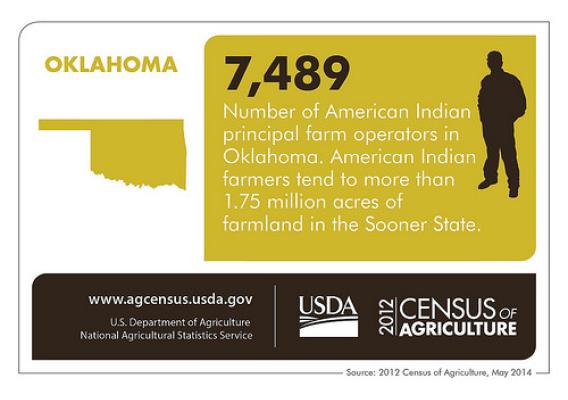The Census of Agriculture is the most complete account of U.S. farms and ranches and the people who operate them. Every Thursday USDA’s National Agricultural Statistics Service will highlight new Census data and the power of the information to shape the future of American agriculture.
When you think of Montana agriculture, wheat and cattle come to mind. And why shouldn’t they? After all, our state ranks third in wheat production and tenth in cattle and calves inventory, according to the 2012 Census of Agriculture. That year, the combined market value of ag products sold for grains, oilseeds, dry beans, and dry peas was $1,787,162,000 and cattle and calves was $1,783,908,000. Montana’s total market value of agricultural products sold per farm was $151,031; which was up 59 percent from the previous Census of Agriculture in 2007, while the U.S. average was up 39 percent.
We have 28,008 farms and ranches in our state with an average size of 2,134 acres, which is down 5 percent from 2007. Female principal operators of farms and ranches account for 15 percent of the total principal operators in the state while American Indians account for just 5 percent. Like most other states, the average age of our producers continues to increase to 58.9 years, climbing 1.1 years from 2007.










